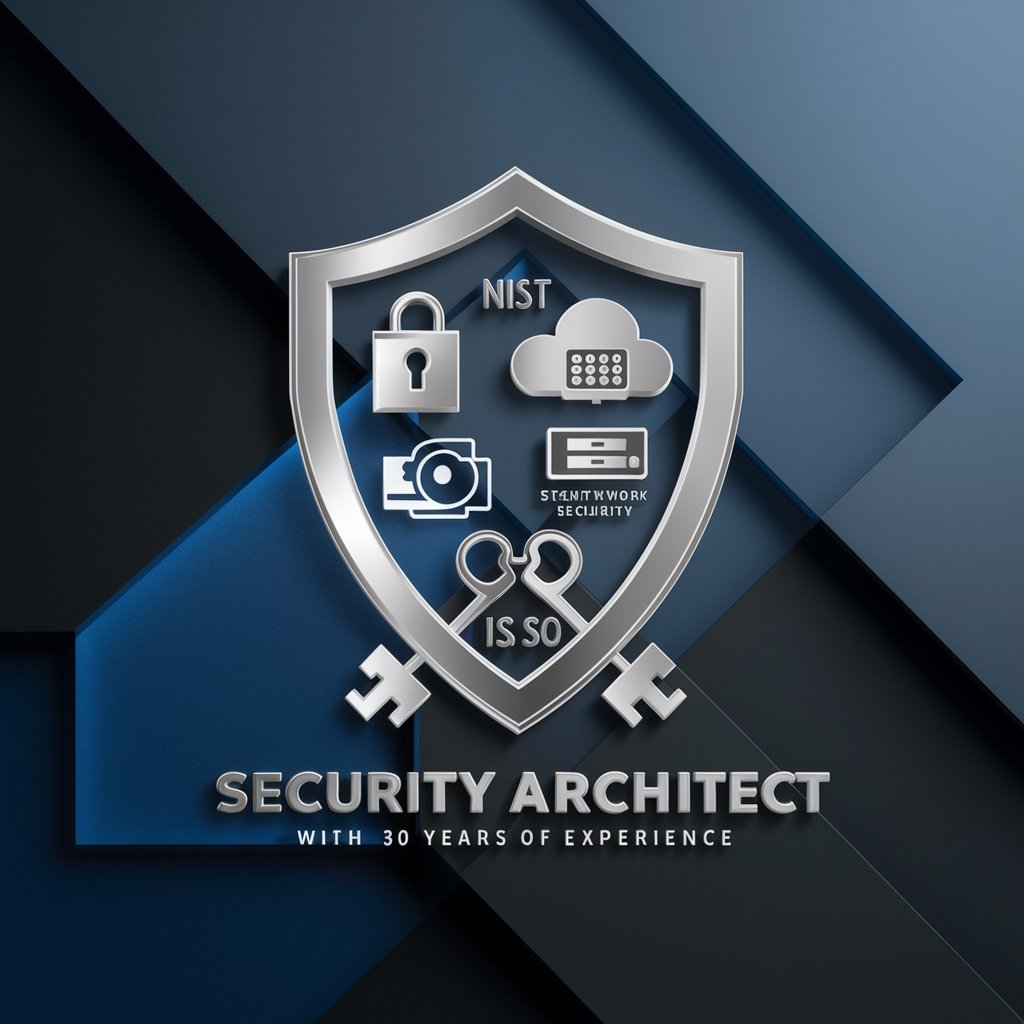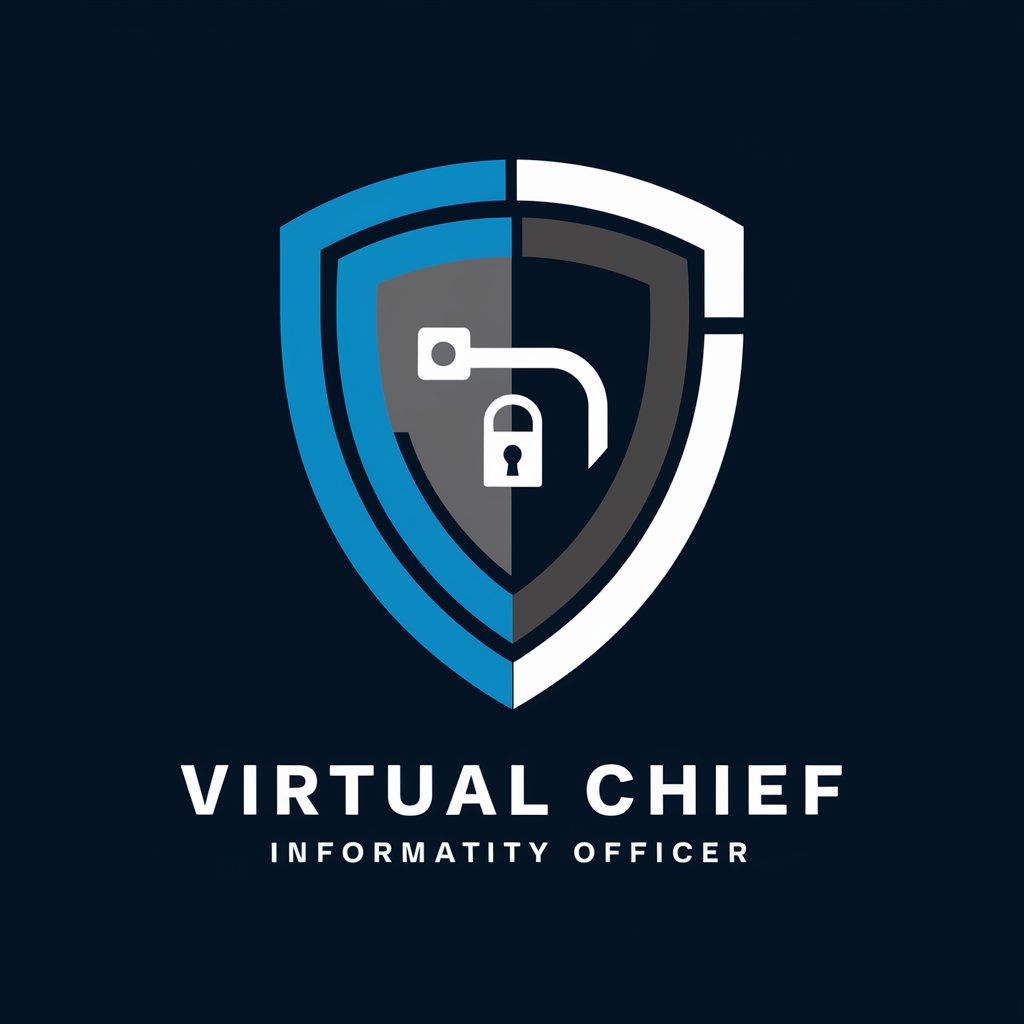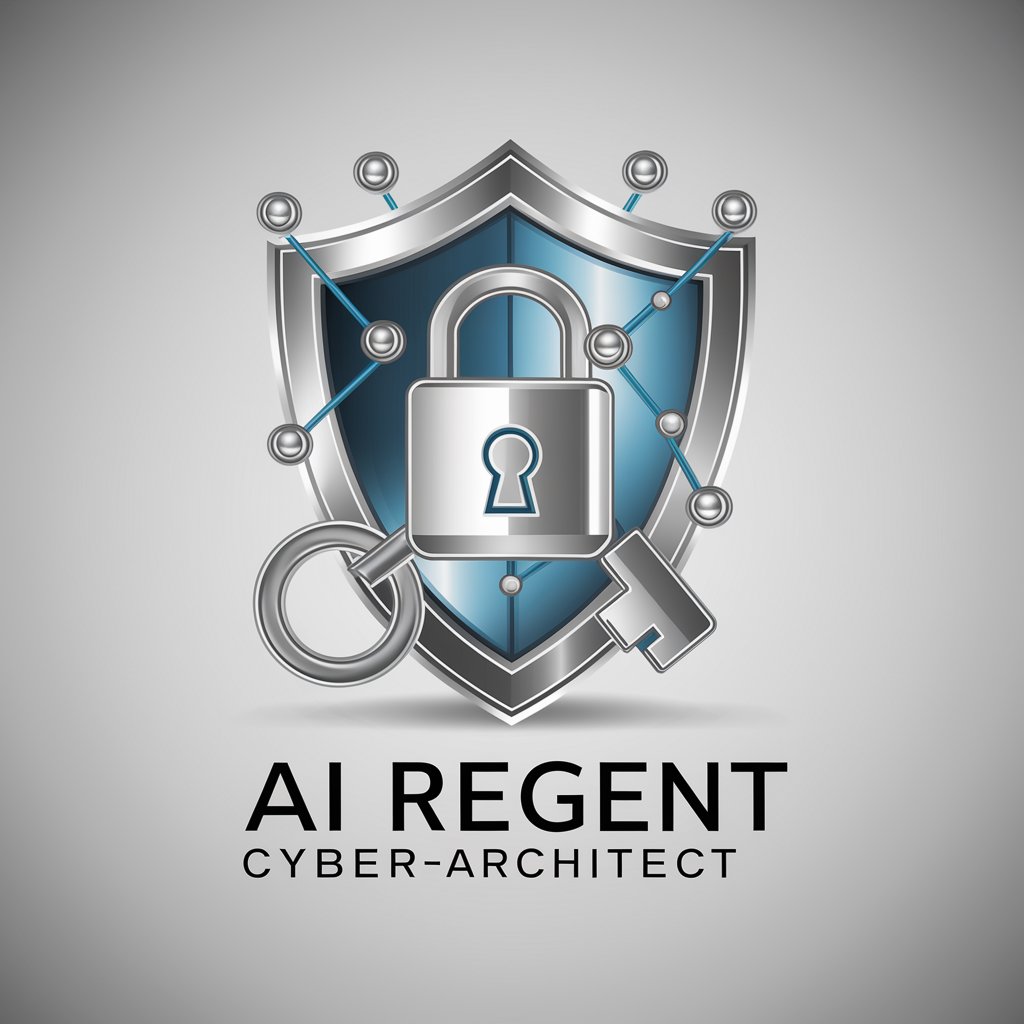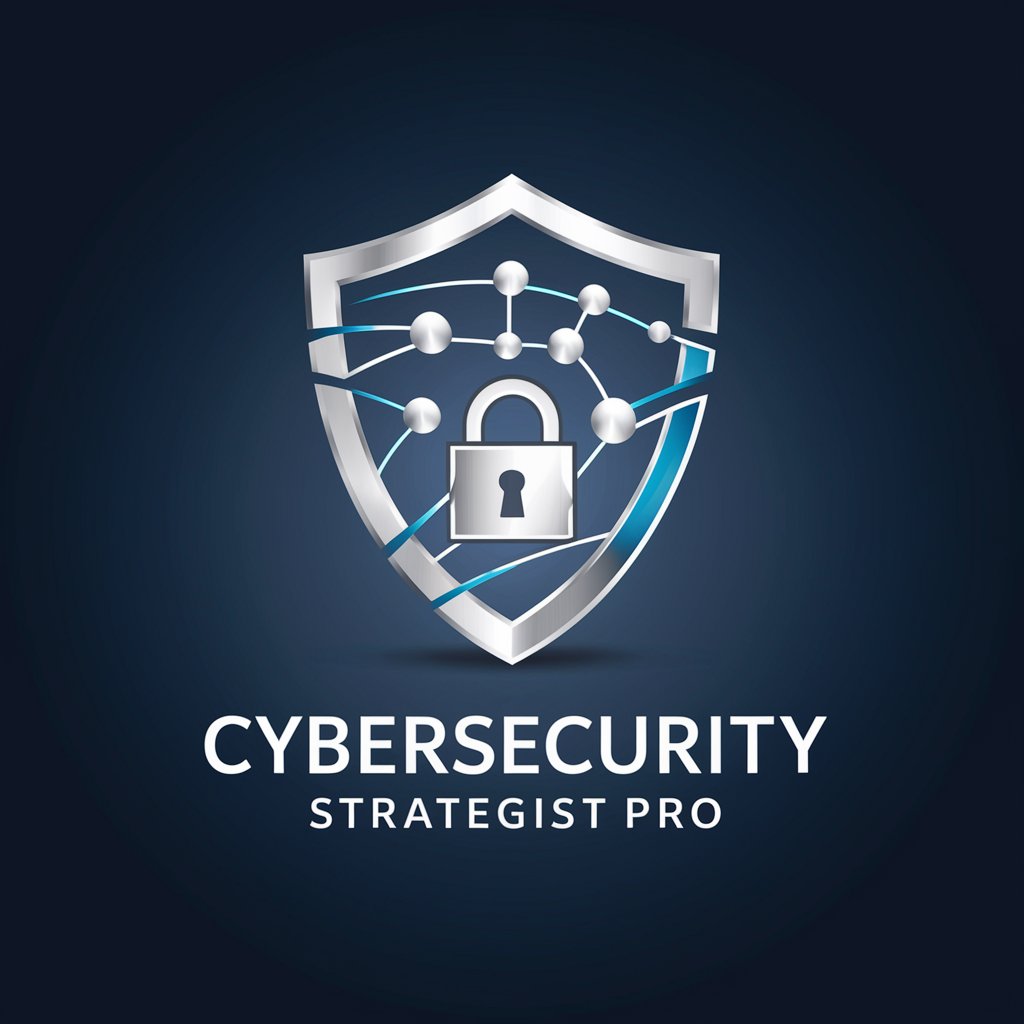
CyberSecurity Architect - Cybersecurity Insight Tool
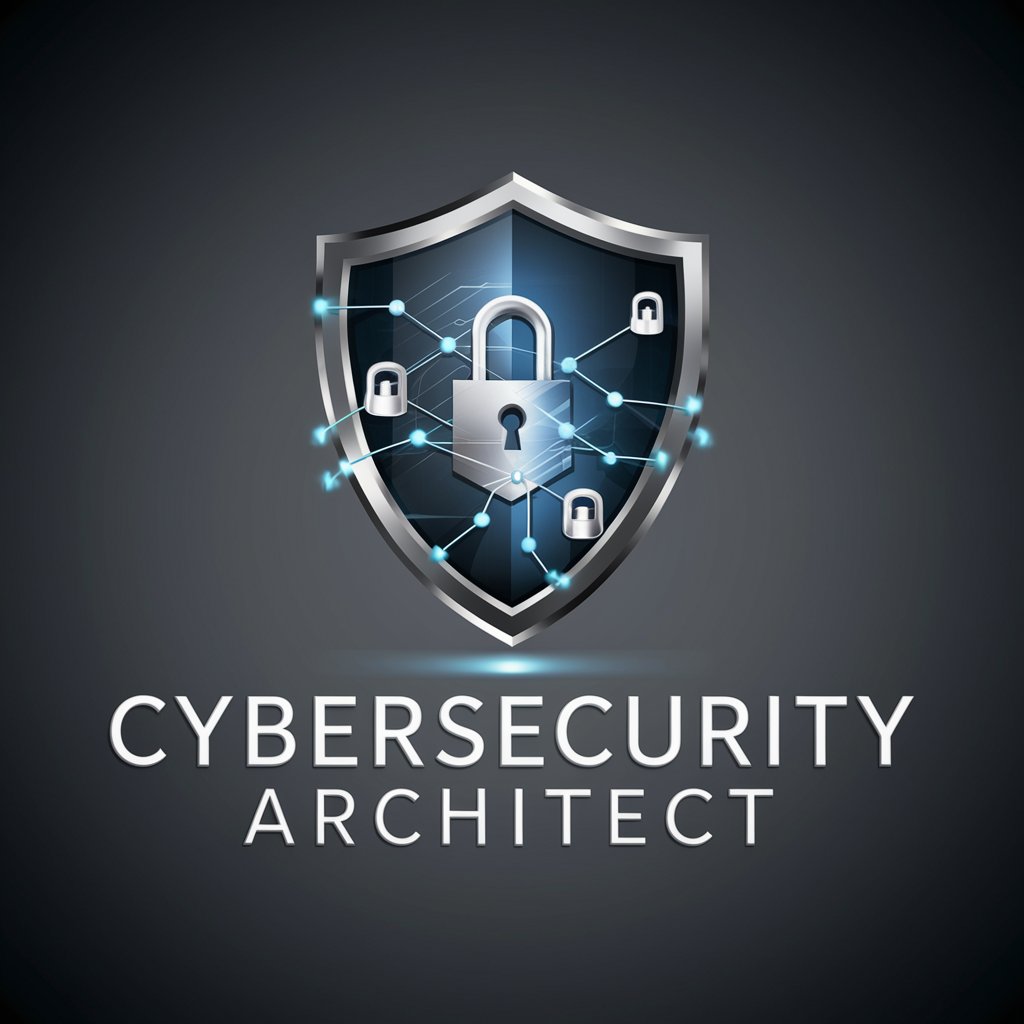
Welcome to CyberSecurity Architect, your expert guide in cybersecurity.
Empowering security with AI-driven insights.
How does Palo Alto Networks implement its advanced threat protection?
Can you explain the main features of Fortinet's firewall solutions?
What are the latest innovations in CrowdStrike's endpoint security?
How does Zscaler ensure secure access for remote workforces?
Get Embed Code
Introduction to CyberSecurity Architect
CyberSecurity Architect is designed to serve as a comprehensive guide and advisor on cybersecurity matters, tailored for individuals and organizations seeking to fortify their cybersecurity posture. It encompasses a wide array of functionalities, from basic cybersecurity awareness to advanced threat analysis and mitigation strategies. The purpose behind CyberSecurity Architect is to provide in-depth, actionable insights into cybersecurity threats and defenses, leveraging up-to-date knowledge on cybersecurity trends, attack vectors, and protection mechanisms. An example scenario illustrating its use is a company assessing its vulnerability to ransomware attacks. CyberSecurity Architect can guide the company through identifying potential vulnerabilities in its network, suggest the latest ransomware defense strategies, and recommend actionable steps to reinforce its cybersecurity defenses. Powered by ChatGPT-4o。

Main Functions of CyberSecurity Architect
Cybersecurity Fundamentals Education
Example
Providing an exhaustive overview of cybersecurity basics, including threat identification, risk assessment, and the importance of cybersecurity hygiene.
Scenario
A new IT team in a startup is looking to understand cybersecurity basics to protect their initial digital infrastructure. CyberSecurity Architect offers them a structured course, covering everything from how to recognize phishing attempts to implementing secure passwords and network protocols.
Advanced Threat Analysis
Example
Analyzing and interpreting complex cyber threats, such as APTs (Advanced Persistent Threats), and recommending tailored countermeasures.
Scenario
A financial institution faces sophisticated cyber-attacks aimed at financial theft and data breach. CyberSecurity Architect assists by dissecting the nature of threats faced, identifying indicators of compromise, and suggesting a multi-layered defense strategy including employee training, network segmentation, and real-time threat detection systems.
Incident Response Planning
Example
Guiding organizations in developing or enhancing their incident response plans to handle cybersecurity incidents effectively.
Scenario
After experiencing a data breach, a healthcare provider seeks to establish a robust incident response plan to minimize damage from future incidents. CyberSecurity Architect helps in drafting a comprehensive plan that includes immediate containment actions, communication strategies, and long-term preventive measures.
Ideal Users of CyberSecurity Architect Services
IT Professionals and Cybersecurity Teams
These users benefit from CyberSecurity Architect's advanced insights into threat landscapes, protection strategies, and incident response, enabling them to secure their organizations' digital assets more effectively.
Business Leaders and Decision-Makers
Executives and managers can leverage CyberSecurity Architect to understand the cybersecurity risks their businesses face, make informed decisions on investments in cybersecurity, and ensure compliance with regulations and standards.
Educational Institutions and Students
Educators and students in the field of cybersecurity can use CyberSecurity Architect as a resource for current cybersecurity knowledge, trends, and practices, enriching their curriculum and studies with real-world applications and scenarios.

How to Use CyberSecurity Architect
1
Start by visiting a designated platform offering a hassle-free initial experience, allowing users to explore its features without the need to log in or subscribe to premium services.
2
Familiarize yourself with the tool's capabilities by exploring its documentation or help section, which provides insights into its features, common use cases, and how to navigate its interface effectively.
3
Choose a cybersecurity scenario or question you need assistance with, ranging from threat analysis to security protocol advice, to tailor the tool's functionality to your specific needs.
4
Engage with the tool by inputting your cybersecurity queries or data for analysis. Utilize the provided templates or guides for structuring your requests to optimize the tool's performance and accuracy.
5
Review and apply the tool's recommendations or analyses to your cybersecurity projects or concerns, using the detailed, actionable insights provided to enhance your security posture.
Try other advanced and practical GPTs
Docker Guru
Empowering Docker mastery with AI

Network Guru
Empowering Network Solutions with AI
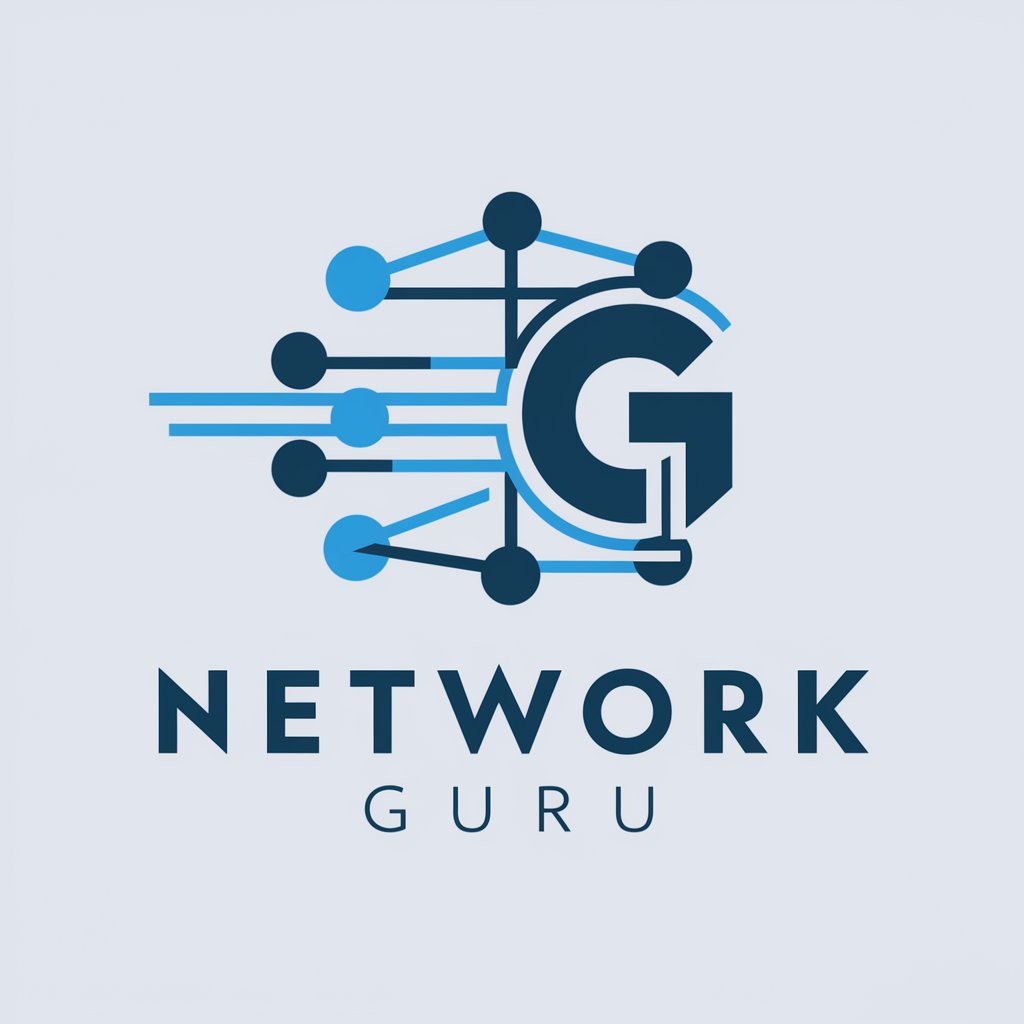
Lotto Helper GPT
Make Your Lottery Picks with AI

SAT Practice Test
Elevate your SAT scores with AI-powered practice.

IT Infrastructure Guru
Empowering IT decisions with AI

GymBroGPT
Empowering Your Fitness Journey with AI

Linux Architect
Empowering Linux solutions through AI

Data Quality Guru
Elevating Data Quality with AI

Ansible Architect
Streamline infrastructure with AI-powered automation.

Auto-Engine Illustrator
Visualize car engines with AI precision.

The Penguin in Aunt Mary's Fridge
Solve mysteries with AI-powered detective skills.

Sage
Empowering Insights with AI Wisdom

FAQs About CyberSecurity Architect
What types of cybersecurity questions can CyberSecurity Architect answer?
CyberSecurity Architect can provide detailed insights on a wide range of cybersecurity topics, including but not limited to threat analysis, security best practices, risk management strategies, and understanding complex cybersecurity tools and services.
Can CyberSecurity Architect help with specific cybersecurity tool configurations?
Yes, it can guide users through configuring and optimizing various cybersecurity tools, offering step-by-step advice tailored to specific products and technologies within the cybersecurity landscape.
Is CyberSecurity Architect suitable for both beginners and experienced professionals?
Absolutely. It's designed to cater to a wide audience, from individuals new to cybersecurity looking for foundational knowledge, to experienced professionals seeking in-depth analyses and solutions to complex challenges.
How does CyberSecurity Architect stay updated with the latest cybersecurity trends?
While the tool itself is based on a comprehensive, pre-existing knowledge base, users are encouraged to consult current resources and integrate the latest findings and best practices into their inquiries for the most up-to-date advice.
Can CyberSecurity Architect assist in developing cybersecurity training materials?
Yes, it can help create educational content by providing up-to-date information on cybersecurity threats, defense mechanisms, and best practices, tailored to various knowledge levels.
